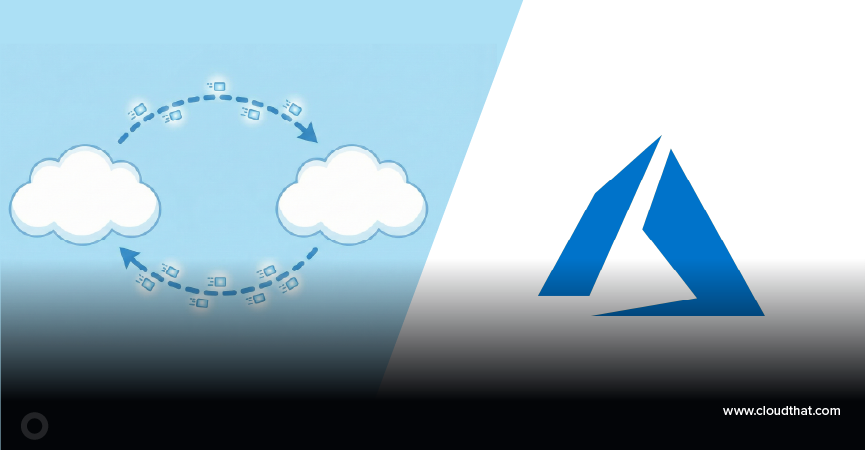|
Voiced by Amazon Polly |
Introduction
AWS Glue Crawlers is a popular technique to scan data in the background for Data Lake clients that need to discover petabytes of data so you can concentrate on using the data to make more data-driven decisions. If you have data in data warehouses like Snowflake, you might also want to be able to find it there and mix it with data from Data Lakes to gain insights. With the addition of AWS Glue Crawlers, it is now more straightforward for you to comprehend Snowflake schema updates and extract valuable insights.
Developers can construct using their favorite languages while retaining high control over integration procedures and structures due to the coding options. The difficulty has been that hand-coding choices are frequently more intricate and expensive to maintain.
Pioneers in Cloud Consulting & Migration Services
- Reduced infrastructural costs
- Accelerated application deployment
Steps to Connect Snowflake using AWS Glue Crawler
Step 1 – Create an AWS Glue connection to Snowflake.
The following screenshot shows the configuration used to create a connection to the Snowflake cluster.

Initially, the same steps are followed to create AWS Glue Crawler. Following are the changes we need to make to integrate with Snowflake.
You can establish and schedule an AWS Glue Crawler with a JDBC URL and credentials from AWS Secrets Manager to crawl a Snowflake database. Specify the configuration option, whether you want the Crawler to crawl the entire database or just the tables you want by adding the schema or table path and excluding patterns. The AWS Glue Data Catalog’s Snowflake tables, external tables, views, and materialized views are just a few of the data the Crawler examines and catalogs with each pass. The Crawler extracts data from Snowflake columns with non-Hive compatible types, like geography or geometry, and makes it accessible in the Data Catalog.
Step 2 – Choose Add a JDBC data source

Once the Crawler is created and run, we can go to advanced properties and table properties. We can see the highlighted portion where the classification is a snowflake, and the typeOfData is view.

Any data warehousing project must include the extraction, transformation, and load (ETL) process. Customers also benefit from the alternate extraction, load, and transformation (ELT) method, where data processing is pushed to the database, thanks to advancements in cloud data warehouse designs.
The argument over whether to employ a hand-coded method or one of the several ETL or ELT data integration tools remains with either strategy. While both have benefits, and some may opt for a “one or the other” strategy, many organizations use hand coding and a data integration tool.
Benefits of AWS Glue with Snowflake
Now that Spark clusters, servers, and the usual continuous maintenance for these systems are no longer necessary, Snowflake users can easily manage their programmatic data integration operations. Snowflake’s data warehouse as a service is readily integrated with AWS Glue’s fully controlled environment. Customers can now manage their data intake and transformation pipelines with greater ease and flexibility due to these two technologies working together.
Customers who use AWS Glue and Snowflake gain access to the query pushdown feature of Snowflake, which automatically pushes Spark workloads that have been converted to SQL into Snowflake. Customers don’t need to worry about improving Spark performance; they can concentrate on building their code and instrumenting their pipelines. Customers may benefit from optimal ELT processing that is affordable, simple to use, and easy to maintain with the help of AWS Glue and Snowflake.
Conclusion
Getting started and managing your programmatic data integration procedures with AWS Glue and Snowflake is simple. AWS Glue can be used alone or in conjunction with a data integration solution without significantly increasing overhead. This method optimizes time and cost for genuine ELT processing with native query pushdown through the Snowflake Spark connector. Customers get a fully managed, optimized platform with AWS Glue and Snowflake to handle various data integration needs.
Making IT Networks Enterprise-ready – Cloud Management Services
- Accelerated cloud migration
- End-to-end view of the cloud environment
About CloudThat
CloudThat is an award-winning company and the first in India to offer cloud training and consulting services worldwide. As a Microsoft Solutions Partner, AWS Advanced Tier Training Partner, and Google Cloud Platform Partner, CloudThat has empowered over 850,000 professionals through 600+ cloud certifications winning global recognition for its training excellence including 20 MCT Trainers in Microsoft’s Global Top 100 and an impressive 12 awards in the last 8 years. CloudThat specializes in Cloud Migration, Data Platforms, DevOps, IoT, and cutting-edge technologies like Gen AI & AI/ML. It has delivered over 500 consulting projects for 250+ organizations in 30+ countries as it continues to empower professionals and enterprises to thrive in the digital-first world.
FAQs
1. What does it mean that AWS Glue Crawlers now support Snowflake?
ANS: – AWS Glue Crawlers can now discover and catalog metadata about data stored in Snowflake. This makes building ETL pipelines that move data between Snowflake and other data stores easier.
2. What are the benefits of using AWS Glue Crawlers with Snowflake?
ANS: – The benefits of using AWS Glue Crawlers with Snowflake include the faster discovery of data schema, simplified ETL pipeline creation, and better data governance.
3. Can I use AWS Glue Crawlers to move data between Snowflake and other data stores?
ANS: – Yes, you can use AWS Glue Crawlers to move data between Snowflake and other data stores. Once the Crawler has created the metadata tables, you can use AWS Glue Jobs to create ETL pipelines that move data between Snowflake and other data stores.
WRITTEN BY Vinayak Kalyanshetti


 Login
Login


 May 19, 2023
May 19, 2023 PREV
PREV











Comments